To ensure traders' safety, financial regulations have been working to subject financial companies like forex brokers to certain guidelines. Negative Balance Protection is one of them.
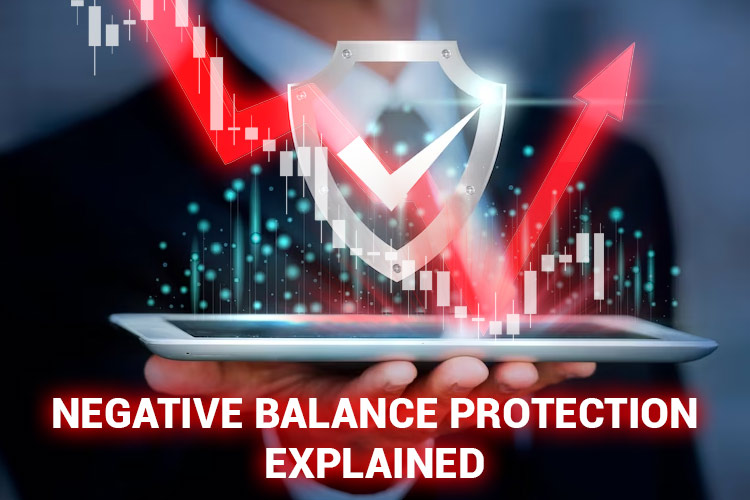
One of the financial regulatory agencies that specify Negative Balance Protection is ESMA (European Securities and Markets Authority). The protection is especially purported to protect retail clients who trade leveraged products like CFDs (Contract for Differences). It is included in Article 40 of the Markets in Financial Instruments Regulation (MiFID II) that ensures:
- Maximum leverage limits on the opening of a position by a retail client ranging from 30:1 down to 2:1.
- A margin closeout rule on a "per account" basis (at 50% of the minimum required margin).
- Negative balance protection on a "per account" basis.
- A restriction on the incentives offered to trade CFDs.
- A standardized risk warning, including the percentage of losses on a CFD provider's retail investor book.
- Prohibition on the marketing, distribution, or sale of binary options.
ESMA, together with NCAs (National Competent Authorities), enforces the Negative Balance Protection (NBP) so that clients can't lose more than what they invest in the case of extreme market volatility. The definition of NBP is a measure that alerts the broker retails to protect their clients. This policy is taken to ensure that a client will not suffer too much loss that leads to the negative deposit in his account while trading.
At first glance, this is surely good news for retail traders. But how does it exactly work? What does Negative Balance Protection mean for the brokers?
To explain the situation, Shobin Mathew Simon from Advanced Markets explains that brokers have to control the trading accounts. The scenario works like this:
Once an account's balance falls to negative, the broker would reset it into zero or set a margin closeout rule of 50% and reimburse the negative amount once all positions held have settled. Negative balance protection is designed as a backstop in case the margin call is either not triggered or triggered late due to a sudden price movement.
Table of Contents
Negative Balance Protection Put STP Brokers on a High Risk
Although retail traders are protected from market volatility by the Negative Balance Protection, the same thing doesn't apply to the retail brokers. If we talk about the STP brokers, they don't have the same protection from their Liquidity Providers (LP). How so? While market makers take the other side of their client positions thus enabling them to control the trading accounts, STP brokers offset their risks by tending a single account with their LP where their client exposures are netted.
For instance, an STP broker holds $200,000 with its LP. The company has two active retail traders with $100,000 each in their accounts. The first trader opens a long position in USD/CHF, whereas the second trader opens a sell position with the same size as the first trader's.
In the event of the Swiss Franc Unpegging that triggers extreme price movements and leads to the dysfunction of safety features like margin call and broker stop out, the first trader's account becomes negative while the second trader earns a surprisingly big profit.
If the Negative Balance Protection is applied to the first trader's account, the negative amount will be reset to zero, leaving the number as a liability for the STP broker, while at the same time, it also has to pay the profit earned by the second trader. The account with the Liquidity Provider will not show much difference as positions were netted.
In the end, the broker's total liability to both traders will overwhelm its funds sitting at the LP. And this is only what happens if a broker has two retail traders. Imagine if it happens to the real STP brokers with thousands of clients with varying degrees of profits and loss. It would leave them with no choice but to go bankrupt.
In other words, the Liquidity Provider does not afford the Negative Balance Protection for the STP brokers, as they are considered as Professional Clients instead of retail investors whose protection is ensured by Negative Balance Protection under the ESMA terms. If a broker offers such protection, it means he operates a business model of a market maker type.
To soften the risk of Negative Balance Protection for real STP brokers from such risky situations, ESMA has suggested retail brokers to increase awareness on misleading promises from various LPs. The MiFID II also urges LPs to inform their clients about the appropriate aspects of the best execution policy (content) in an appropriate manner (presentation).
Other Policies Regarding Negative Balance Protection
Aside from the ESMA's guideline above, Negative Balance Protection is also applied by other regulatory agencies. Here are the two popular examples:
The FCA Version
FCA stands for Financial Conduct Authority that regulates the UK's financial market. It controls and publishes certain regulations for the brokers through some requirements dealing with the ESMA policies. Usually, it sets the leverage at 1:25 for the newbie traders and 1:50 for the professional ones.
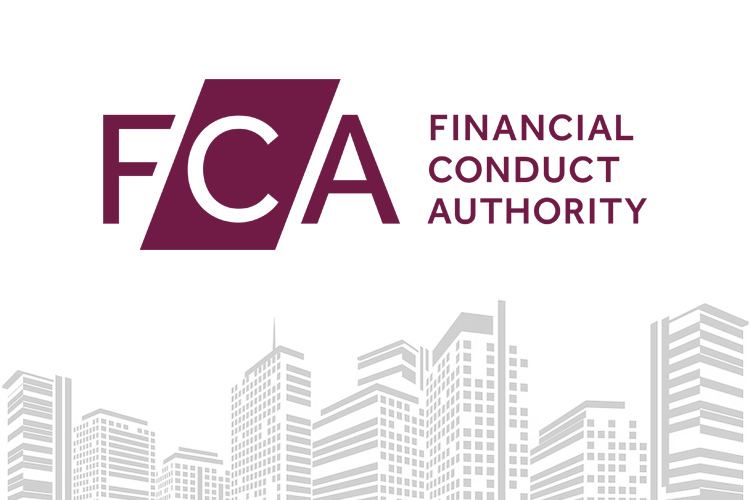
FCA regulates the brokers to commit in managing the negative balance protection, handling the potential risks using their own money, as well as monitoring the Stop Losses. FCA also announces that the companies under FCA must fulfill the requirements regulated by the ESMA dealing with no negative balance rules.
The CySEC Version
The Cyprus Securities and Exchange Commission regulates brokers to implement Negative Balance Protection on a per-account basis. In this case, if a client has two different leveraged positions with a broker, one of the positions can be used to cover the other position so the client will not experience negative balances on both accounts.
Negative Balance Protection Has Pros and Cons for Traders
From the trader's perspective, there are pros and cons of Negative Balance Protection:
Pros
- Your account stays in a positive balance. With this protection, your account will be prevented from the negative balance. That is to say, you will never experience a bigger loss than your capital.
- Your broker will be responsible for your loss. The NBP, somehow, turns the responsibility of the losses to the brokers. It is indeed beneficial for you as a client.
Cons
- Because the loss responsibility is burdened to the broker, the broker fees will be increased. The increased costs charged by the broker are shifted to afford the loss in your account.
- In the case of trading in a market maker, the broker has a chance to close out the market just before the markets burden the trader. This fact may happen because the broker is the only one who is responsible for the losses.
See Also:
Negative Balance Protection is Not Always Needed
A negative balance can be avoided from happening in the first place. Although you will not be demanded to pay the negative amount if trading in forex brokers with Negative Balance Protection, your account will be reset to zero. It means that you will lose all of your money invested in your trading account.
So, why wait for the NBP to kick in if you can manage to prevent the loss from happening at all? In this case, you can do these 3 things that can manage to prevent the loss without using NBP at all:
1. Manage Your Position Size
Mind the volume of positions as well as the number of orders. Not all of the transactions end up with profits, so the more you trade, the bigger your exposure is. Why unnecessarily increase your risk if you can keep it down and manage your trade better? In this case, you can make use of forex broker's mini account that usually offers a trading environment with smaller position size.
2. Set the Stop Loss Level
Your stop loss level needs to be set reasonably as a good solution to keep your money stay in your account. It also prevents the risk of volatility from the market and the sharp fluctuation of the price.
3. Go Easy on Leverage
Higher leverage will lead you the higher profit. However, it also puts you at higher risk. So, it is better to choose moderate leverage to keep your risk moderated too.
4. Stay Away from High Impact Events
The failure of stop loss, margin call, and stop out generally happens when the market moves in extreme volatility. It is usually triggered by high impact news or events that are unpredictable and leads to market panic. If you want to be safe, you can look at an economic calendar and avoid trading during such events.
5. Pay Attention to Your Broker's Announcement
When an impactful event or news release is about to happen, most forex brokers would announce it and adjust their leverage and margin requirements to certain instruments. This is a good signal for you to avoid the market during the event or adjust your position accordingly.
Other than the 5 suggestions above, another instrumental factor in protecting your account from a total loss is the quality of the broker itself. Trading in a reliable forex broker could give you heaps of advantages when managing your trading account. Get the tips in How to Choose the Best Forex Broker.

 Dedicated FREE FOREX VPS
Dedicated FREE FOREX VPS Free FOREX Virtual Private Server
Free FOREX Virtual Private Server MT4 Demo Contest, Get $500
MT4 Demo Contest, Get $500 Sign Up for an Account, Claim 60% Deposit Bonus
Sign Up for an Account, Claim 60% Deposit Bonus Free MT4/MT5 VPS 2024
Free MT4/MT5 VPS 2024 Send E-mail and Get Free Merchandise
Send E-mail and Get Free Merchandise $1K Refer a Friend Bonus for Pepperstone Pro clients
$1K Refer a Friend Bonus for Pepperstone Pro clients Maximize Your Earnings with 100% Deposit bonus
Maximize Your Earnings with 100% Deposit bonus Trade to Win, $5,000 Monthly Demo Contest
Trade to Win, $5,000 Monthly Demo Contest Claim 30% + 15% Deposit Bonus from LiteFinance
Claim 30% + 15% Deposit Bonus from LiteFinance

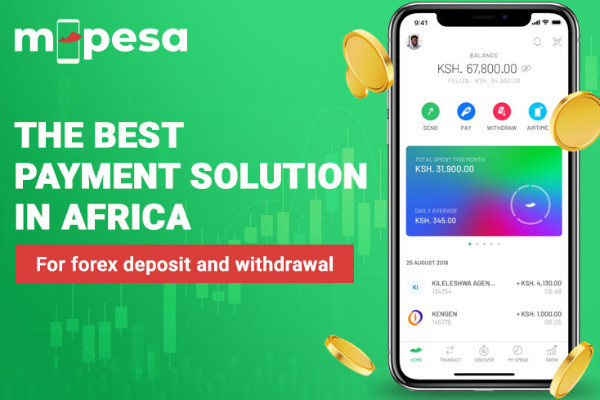

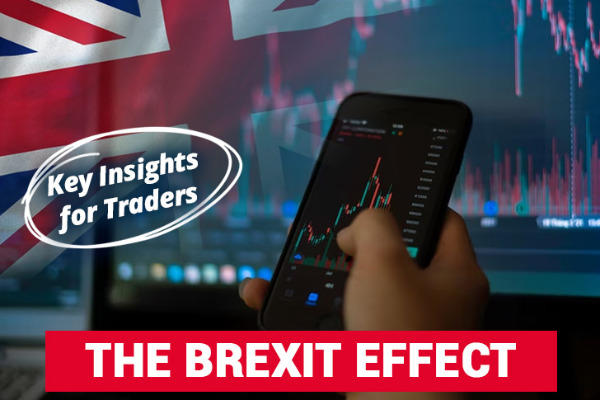
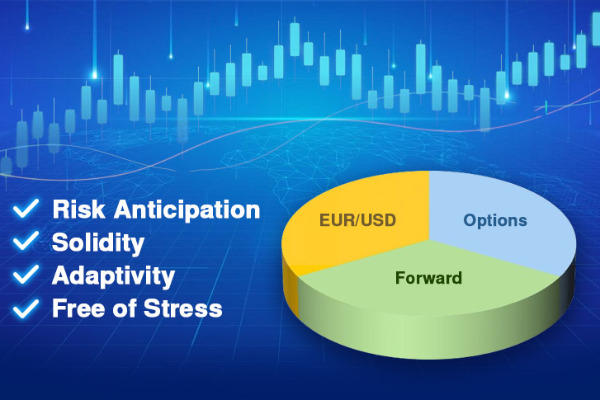
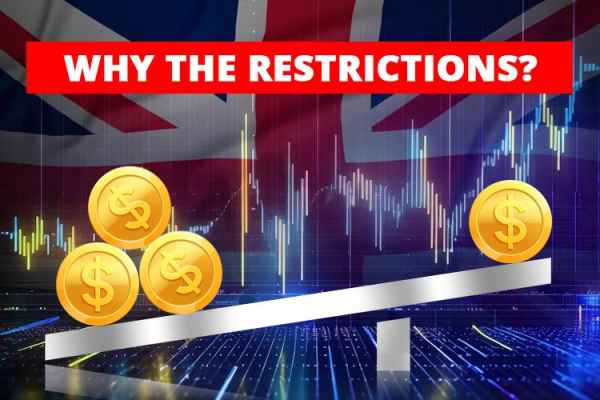
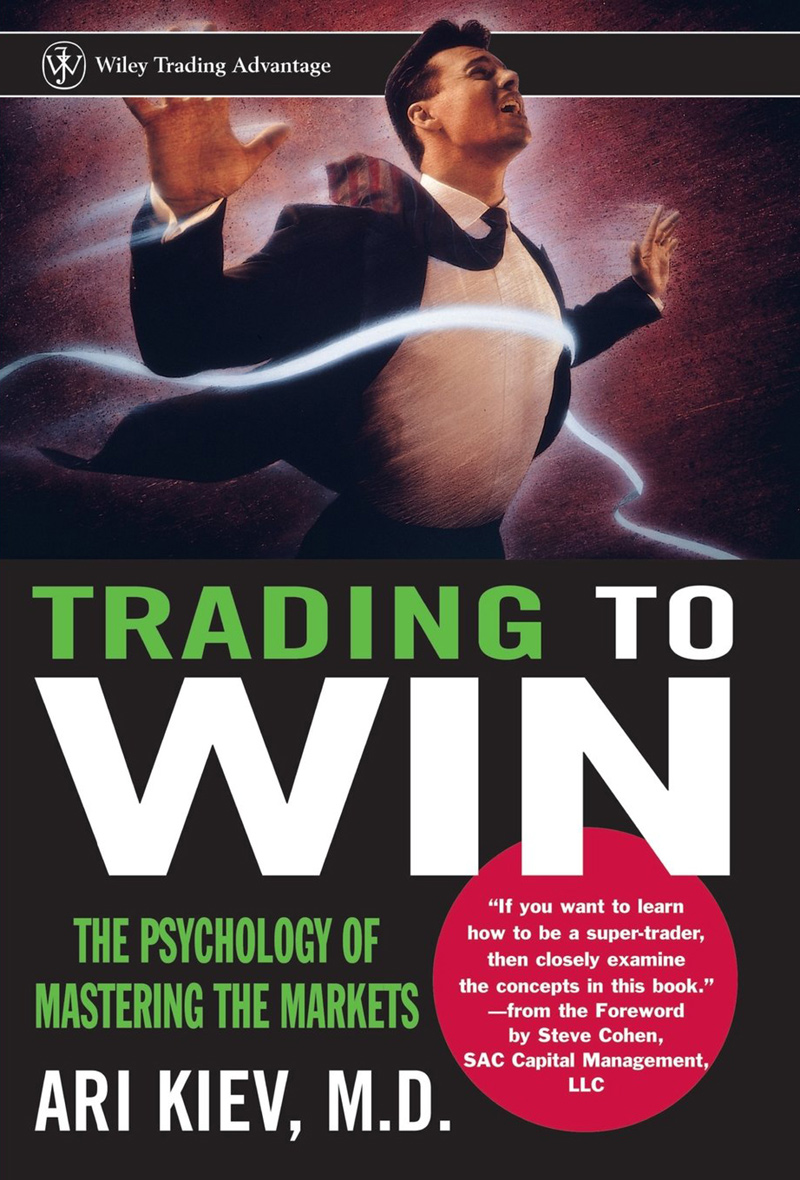
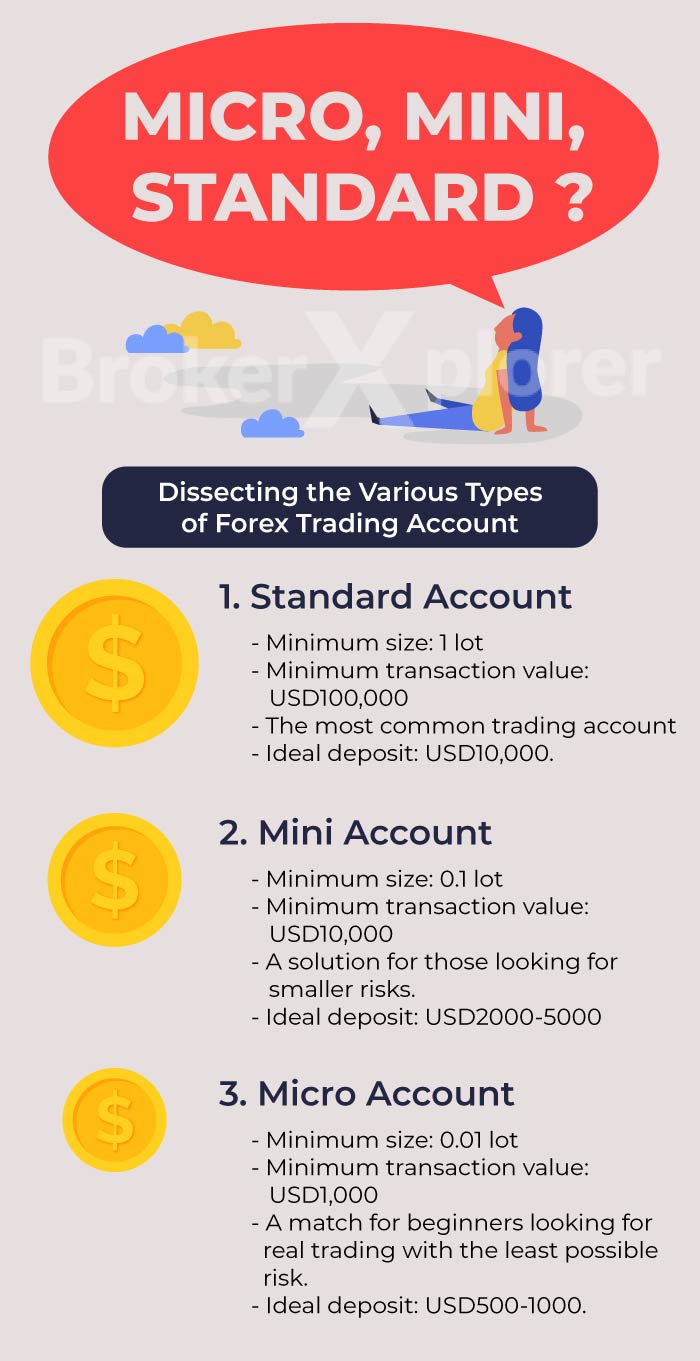

4 Comments
Josh
Nov 26 2023
Regarding negative balance protection, the article suggests it might not be necessary if I effectively manage certain aspects of trading, such as controlling my position size, setting up stop loss orders, and waiting for broker announcements during impactful news events. Now, concerning my question: Higher leverage has the potential for increased profit, but it also involves higher risk. Thus, it's advisable for me to choose moderate leverage to maintain a balanced risk level. What would be the suitable choice of moderate leverage for me, given that I'm trading with only $300?
Boris
Nov 29 2023
When dealing with a specific amount of money in trading, the leverage employed is contingent upon how one manages risk. In my perspective, when operating with a $300 account, the selection of an appropriate leverage level becomes crucial for maintaining a balance between potential profits and risk management. According to a widely recognized guideline in the trading community, a moderate leverage ratio is often suggested to be around 10:1 or lower. This recommendation implies that, with a $300 account, opting for a moderate leverage choice would likely result in a total trading position of $3,000.
Nonetheless, it's imperative to approach this decision with a thorough understanding of personal risk tolerance and an overarching trading strategy. The key lies in evaluating one's comfort level with potential fluctuations in the account value and aligning the chosen leverage with specific financial goals. It's essential to bear in mind that while higher leverage has the potential to amplify profits, it also intensifies the associated risks. Striking a balance that corresponds to one's risk appetite and financial objectives is paramount. (I suggest to read : Managing Risks in Forex Trading)
Gordon
Jan 29 2024
Hey, I've got a burning question about that moderate leverage the article was going on about. It made a point that having higher leverage can potentially lead to higher profits, but it also comes hand in hand with escalated risks. The article suggested opting for moderate leverage as a smart move to strike a balance and not expose yourself to excessive risks.
Now, the real question here is, what exactly qualifies as moderate leverage? You know, lots of brokers throw around the 1:500 leverage ratio, but then I stumbled upon another source claiming that a 1:500 leverage is actually considered high, bringing with it a higher degree of risk. So, what's the deal? Where do we draw the line between moderate and high leverage?
Hansel
Feb 2 2024
Hey there! In my opinion, figuring out what's considered moderate leverage can be a bit tricky. The article makes a good point that higher leverage can mean more profits but also more risks. While brokers often mention ratios like 1:500, it turns out this might be seen as high-risk by some. To play it safe, especially if you're just starting, consider lower leverage ratios like 1:50 or 1:100 until you get the hang of things. It's all about finding the sweet spot that matches your comfort with risk and your trading strategy. As you get more experience, you can always reevaluate and adjust your leverage.